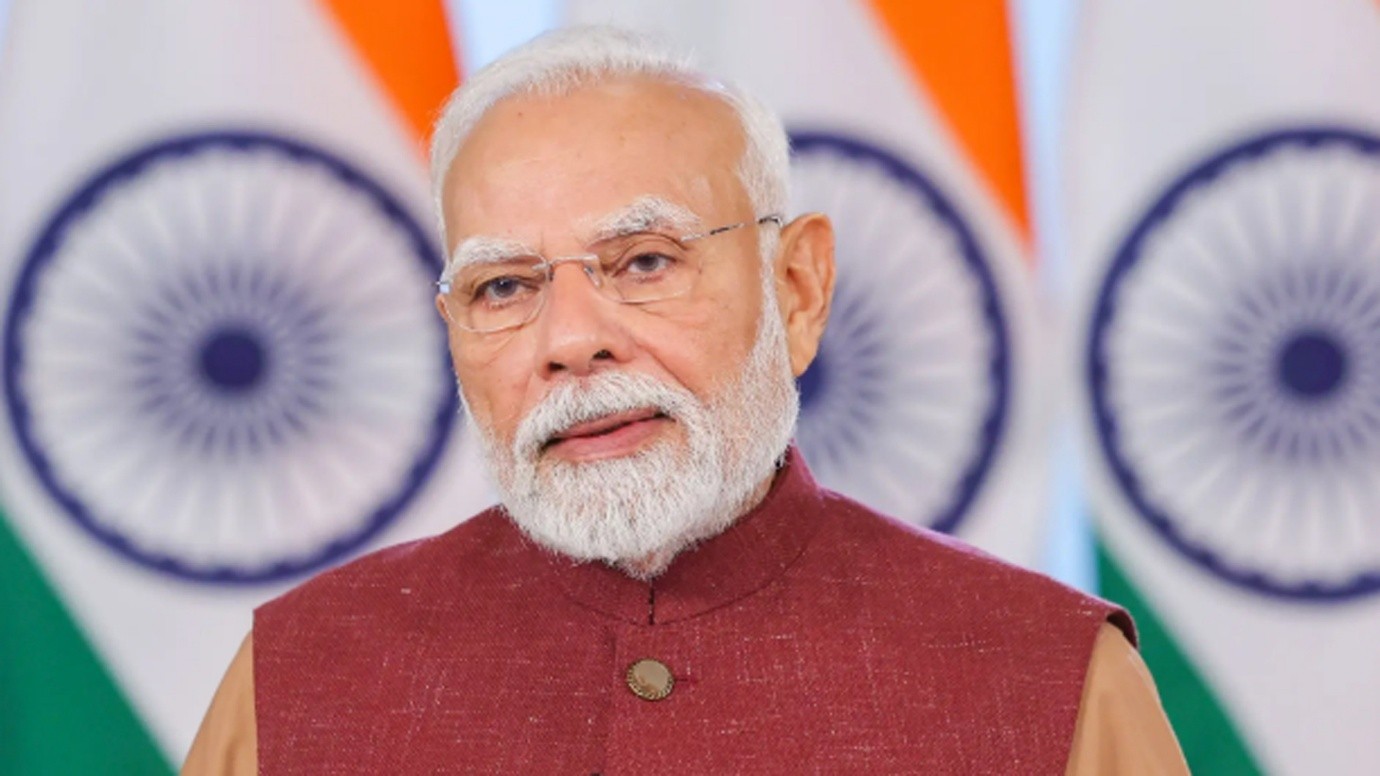



India's Centre proposes TRP policy changes to boost competition in television viewership measurement. Amendments include removing cross-holding restrictions (clauses 1.5, 1.7) to allow new agencies to enter the sector. This aims to capture diverse viewing habits, especially on connected TV, and improve data reliability, promoting a more transparent and technology-driven rating ecosystem.

Copyright infringement not intended
Picture Courtesy: NDTV
The Ministry of Information and Broadcasting (I&B) suggests changes to Television Rating Point (TRP) policy.
TRP measures the popularity and viewership of a television channel or program.
It indicates how many people watch a specific show or advertisement, helping advertisers and broadcasters understand audience engagement.
TRP directly influences advertising revenue, guides content creation decisions, and shapes a channel's overall strategy.
Sole Agency => Currently, the Broadcast Audience Research Council (BARC) operates as the only agency providing TV ratings in India.
Limited Sample Size => India has about 230 million television households, however, BARC utilizes only about 58,000 "people meters" to collect viewership data, which comprises only 0.025% of the total TV homes. The limited sample size may not adequately represent diverse viewing preferences across various regions and demographics.
Inadequate Connected TV (CTV) Tracking =>The current measurement technology fails to capture viewership on emerging platforms such as smart TVs, streaming devices, and mobile applications, despite their growing adoption.
|
What is Connected TV (CTV)? CTV refers to any television device that connects to the internet to stream digital content. This includes smart TVs with built-in internet capabilities and traditional televisions using external streaming devices like Roku, Amazon Fire TV, Apple TV, or gaming consoles. CTV allows viewers to access on-demand content through various apps and services, moving beyond traditional scheduled broadcasts. |
Removal of Cross-Holding Restrictions => Government proposed deleting Clauses 1.5 and 1.7, to eliminate entry barriers for new companies wishing to enter the television viewership measurement sector.
Preventing Conflict of Interest => Amendments to Clause 1.4 to prevent rating agencies from engaging in consultancy or advisory services that could create a conflict of interest with their primary role of providing impartial ratings.
Public Feedback Invited => The Ministry encourages viewers, broadcasters, advertisers, and concerned citizens to submit feedback on these draft amendments by August 1.
Source:
|
PRACTICE QUESTION Q. Critically evaluate the role of media as the 'fourth pillar of democracy' in India, highlighting its contributions and challenges. 250 words |





© 2025 iasgyan. All right reserved